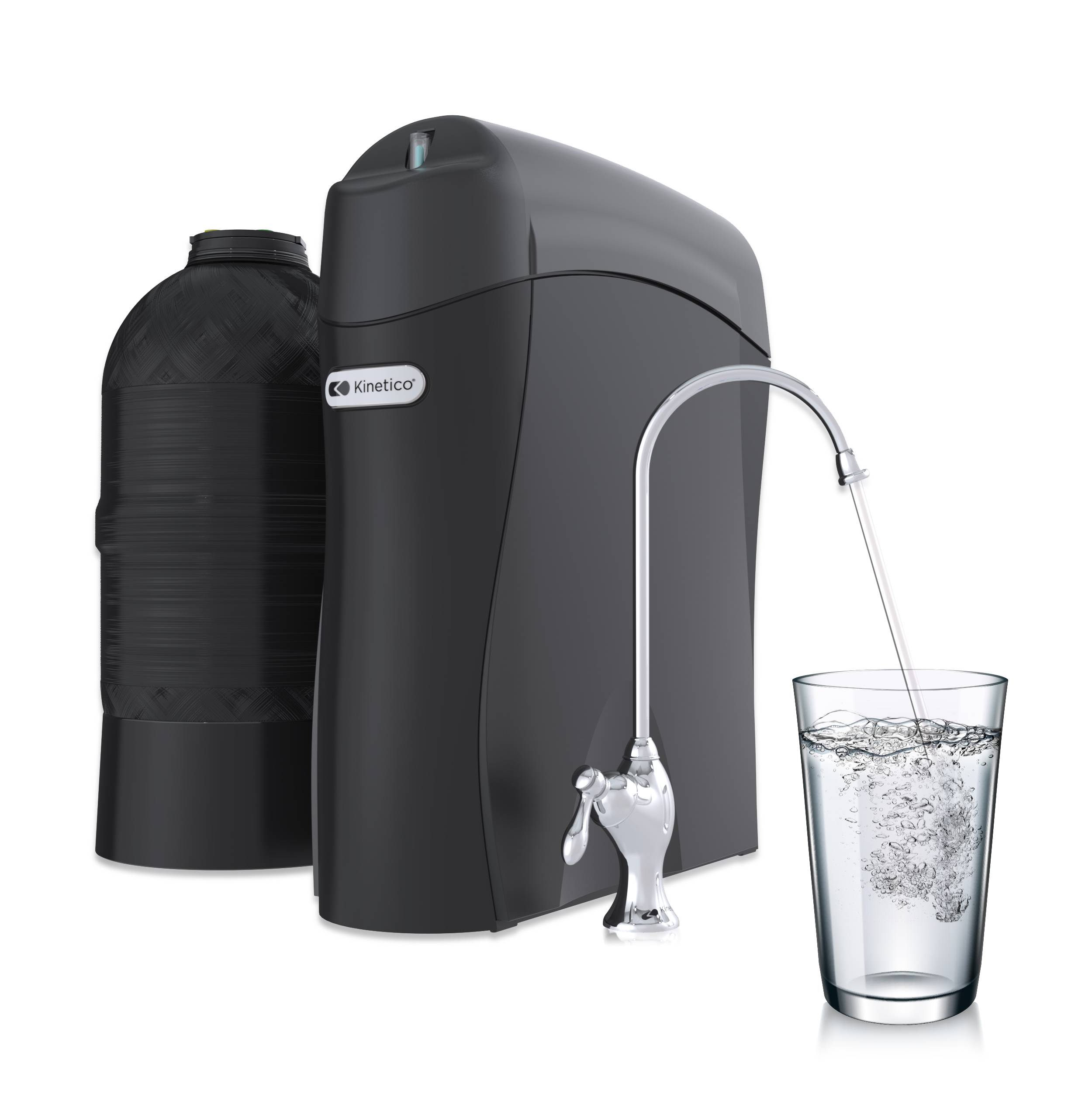Arsenic is a metalloid element that has traditionally been useful in a broad range of applications due to its toxicity. Its occurrence in drinking water is undesirable for the same reason. Arsenic in groundwater is typically associated with deposits found in geologic formations. Leached into drinking water, it has been associated with a wide range of health effects that include lower intelligence in children, cancers, keratosis, and endocrine disruption. Arsenic can cross the placental membrane to reach the fetus. In 2001 the US EPA set the regulatory limit in public water supplies at 10 μg/L, although hundreds of small water systems remain out of compliance. The World Health Organization and Health Canada both have a Guideline value of 10 μg/L.
Inorganic arsenic is currently considered to be of greater concern to human health than the organic forms. Inorganic arsenic may be in the form of either trivalent arsenite or pentavalent arsenate. The former is more toxic and more challenging to remove due to the low proportion of ionic charge at drinking water pH. Arsenite is easily oxidized to arsenate with sodium hypochlorite, gaseous chlorine, permanganate, and ozone. It is less readily oxidized by chloramination, chlorine dioxide, contact with air, and either 254 nm UV light or hydrogen peroxide by themselves.
Arsenic can be treated at the household level whether the water is from the municipality or from a domestic source. It first needs to be measured for concentration and ideally, arsenic species, so that an appropriate treatment can be provided. Test kits are available that can be used, with some practice, to determine concentration of total arsenic. Speciation is probably best performed on site by a professional prior to submission to a laboratory for analysis.
It is unclear whether arsenic enters the body only by consuming it or by transdermal means as well. To treat the whole house (point-of-entry, or POE), a number of granular adsorbent media are available with varying effectiveness depending on species, pH, and interfering ions in the water. Some media claim to be effective on both arsenite and arsenate, though they may be more expensive. Often a low cost media, such as an iron-doped activated alumina, can be used economically in conjunction with a hypochlorite feed. A lead-lag tank system is often employed to allow monitoring of the beds as they deplete and thereby facilitate bed replacement prior to breakthrough. Depending on available space and the amount of naturally occurring iron consistently found in the source water, another practical POE alternative may be to oxidize both iron and arsenic, then filter out the co-precipitated floc with a bed of backwashable media. A rule of thumb is that a minimum ratio of 20:1 iron to arsenic is needed to consider this option. Reverse osmosis and distillation may be used for point-of-use (POU) applications. Higher arsenic concentrations can potentially be addressed with a post-membrane polishing cartridge for POU reverse osmosis. Ideally, systems being considered will be certified to ANSI/NSF Standards 53, 58, or 62 for arsenic reduction, or proven by some other third-party means such as the EPA’s programs for Environmental Technology Verification or Arsenic Demonstration. Regardless, regular monitoring is an important facet to any process for the reduction of arsenic in drinking water.
This is a contaminant which requires professional involvement for assessment, treatment, and maintenance to assure long term effectiveness.


